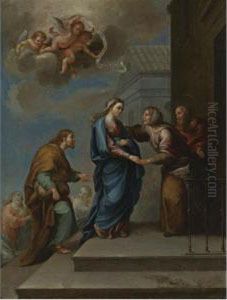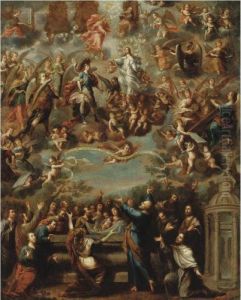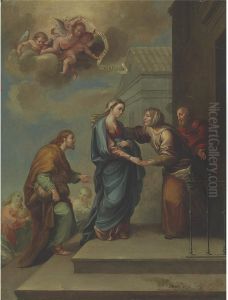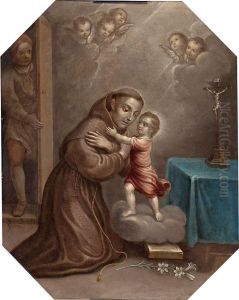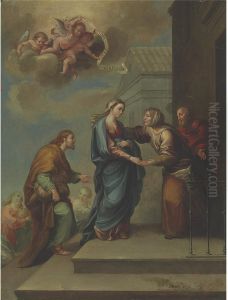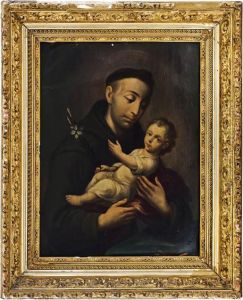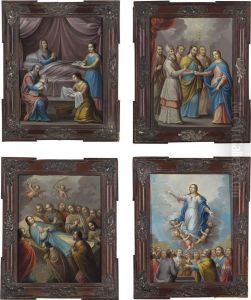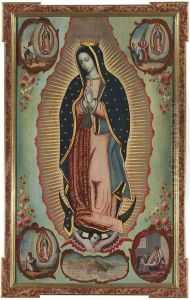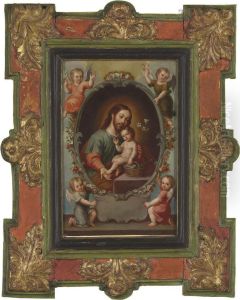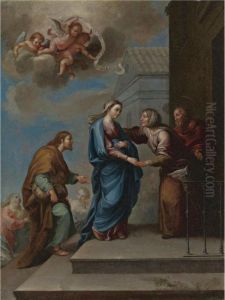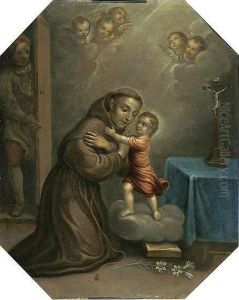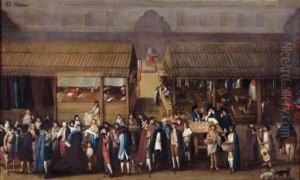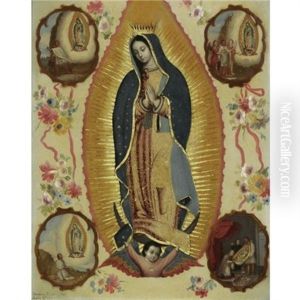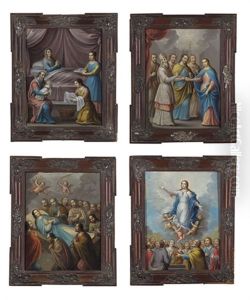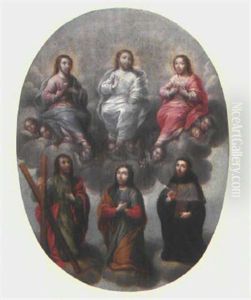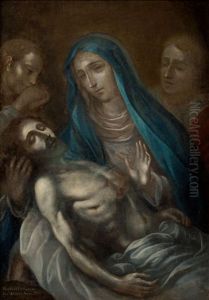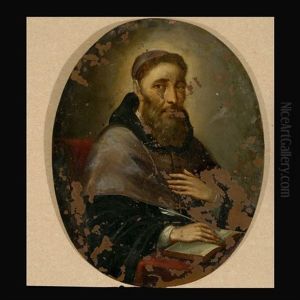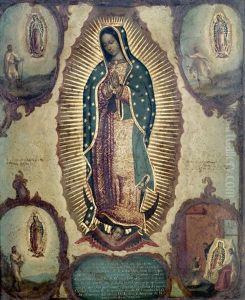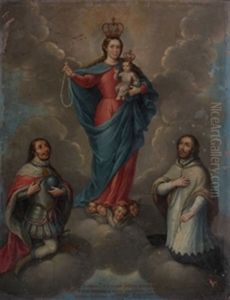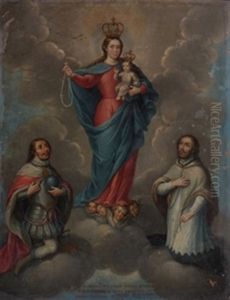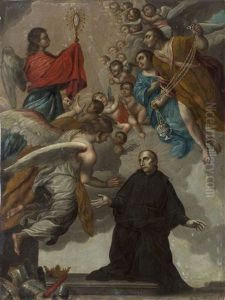Nicolas Enriquez Paintings
Nicolas Enriquez was a prominent Mexican painter of the colonial period, born in 1704. Though not as widely recognized internationally as some of his contemporaries, Enriquez's work is a vital part of the Mexican baroque period and offers deep insights into the cultural and social fabric of 18th century New Spain (now Mexico). His life spanned a period of significant change and upheaval, including the beginnings of the movement towards Mexican independence.
Enriquez was known for his mastery in creating religious iconography, portraits, and scenes of daily life, which were rich in detail and vibrant in color. He was particularly adept at using the enconchado technique, where mother-of-pearl was inlaid into wooden panels to create iridescent effects, a testament to the fusion of Indigenous and Spanish artistic traditions during the colonial period.
Throughout his career, Enriquez received commissions from the Catholic Church and wealthy patrons, which allowed him to explore and refine his artistic style. His works were not only expressions of religious devotion but also served as commentaries on the social hierarchies and racial classifications that characterized colonial Mexican society. By portraying individuals from various racial and social backgrounds, Enriquez's art provides valuable perspectives on the complexities of identity and class during his time.
Despite his contributions to the Mexican baroque and the richness of his work, detailed records of Enriquez's life are scarce, and many aspects of his biography remain shrouded in mystery. After his death in 1790, his influence persisted, and today, Nicolas Enriquez is celebrated for his artistic achievements and his role in documenting the cultural heritage of colonial Mexico. His works are preserved in several major museums and collections, where they continue to be studied and admired for their beauty and historical significance.
